Fiber hemp in the garden? Is it legal?
min. reading
Although the popularity of hemp seed products continues to grow, few people have seen with their own eyes a live plant or even a hemp seedling. This is due to the fact that it is not legal to germinate hemp seeds and grow them, even fibrous ones, at home without the proper permit. Until a few years ago, in order to obtain such a permit, it was necessary to have land for cultivation, as well as to meet a number of strict requirements. Today, thanks to the involvement of hemp activists and politicians, we have much simplified rules for obtaining a permit to grow hemp fiber even in the garden.
Probably every hemp lover would like to drink a cup of coffee every morning surrounded by the luscious hemp plants in his garden. It turns out that this is possible, as long as you obtain the appropriate cultivation permit and choose one of the fiber hemp species using special qualified seeds. The procedure itself for obtaining a cultivation permit is already very simple today, and the cultivation of plants is not very demanding.
Table of Contents
What is fiber hemp?
It’s a type of seed hemp, which, according to the Anti-Drug Abuse Act, is defined as: “plants of the species cannabis (Cannabis sativa L.) in which the sum of the content of delta-9- tetrahydrocannabinol and tetrahydrocannabinolic acid (delta-9-THC-2- carboxylic acid) in the flowering or fruiting tops of plants from which the resin has not been removed does not exceed 0.3% on a dry weight basis.” Thus, fiber hemp, or industrial hemp, is distinguished from cannabis in that it does not have psychoactive properties, and the amount of the consciousness-altering substance, or THC, must not exceed 0.3% in the plant. Industrial hemp, as the name suggests, has many industrial uses. Hundreds of different products can be made from them, for example: CBD oils, cosmetics, food made from hemp seeds, paper, textiles, plastic, furniture, packaging, textiles and clothing, footwear and much more.
What can you use fiber hemp planted in your garden for?
There are many advantages from having fiber hemp plants in your garden. In addition to the beautiful aroma that these unique plants have (which has a mosquito and tick repellent effect), hemp can be used in many ways in your kitchen or to make homemade tinctures, macerates and other natural products. Windmill leaves, or the larger, lower leaves, are a delicious addition to salads, smoothies, stewed dishes and even soups. From the tops, or flowers, we can prepare the aforementioned preparations, such as hemp infusion in oil, tincture or macerate, which we can then add to meals, drinks or consume on their own. Hemp seeds are an excellent food – a rich source of essential fatty acids, protein, vitamins, micro and macroelements. If we have a lot of plants, it is worth squeezing the raw juice of hemp inflorescences and leaves – this will be a rich source of acidic forms of cannabinoids. The roots of the plant are an excellent material for preparing a tincture.
What does it take to be able to plant hemp in a garden or on a plot?
The procedure for obtaining a permit to grow hemp in one’s own garden or on a terrace is very simple, and an applicant who has submitted an application that meets the above requirements is entered in the fiber hemp register. To properly submit such an application, it is necessary to have:
-
- a completed application for registration of the producer in the fiber hemp register,
- certified seed (you need to buy it from a special point, it cannot be ordinary food seeds from the store),
- a scan of the label of the certified seed and an invoice for its purchase,
- confirmation of transfer of payment of stamp duty (PLN 30).
Such a set of documents should be sent to the address of the relevant NEB branch. You can also submit them online, via trusted profile.
How to plant hemp fiber? What growth conditions do they need?
Hemp is a plant that does not require special conditions for cultivation, but it’s worth taking care of a few details if we want to enjoy beautiful yields from our plants. Planting hemp fiber begins with germinating the seeds – we do this on a moist cotton pad in a dark place. Then, our seedling needs about 3 weeks to be ready for transplantation. Above all, hemp is a flowering plant, so it’s advisable to choose soil suitable for flowering plants, with the right mineral composition. If we plant them in the garden and plan to consume them, make sure the soil is not contaminated with heavy metals, as hemp extracts them from the soil and accumulates them in the upper parts of the plant. Every plant needs water and light to grow – preferably sunlight or special lighting that mimics it. Therefore, it’s essential to ensure a sufficiently sunny spot in our garden or on the terrace and water the plants as needed. Hemp loves wind, even very strong wind – this makes their stems sturdy, and more mineral nutrients reach the higher parts of the plant from the roots.


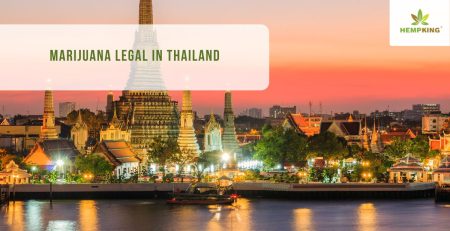

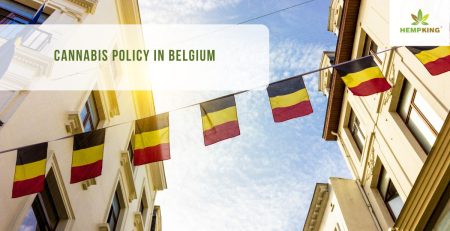
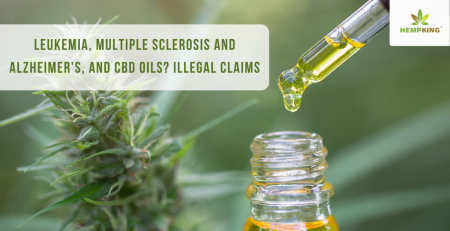
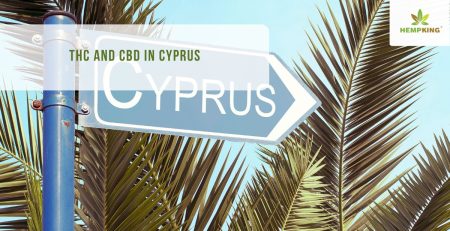
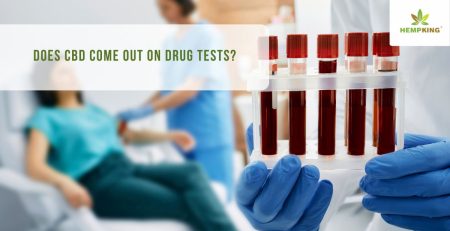
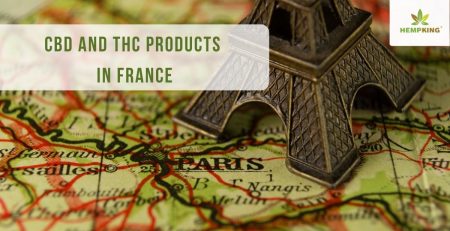


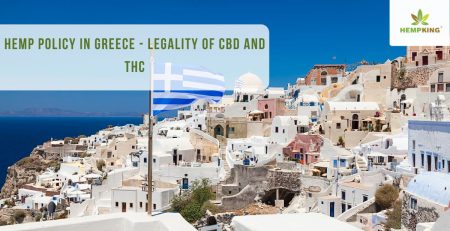

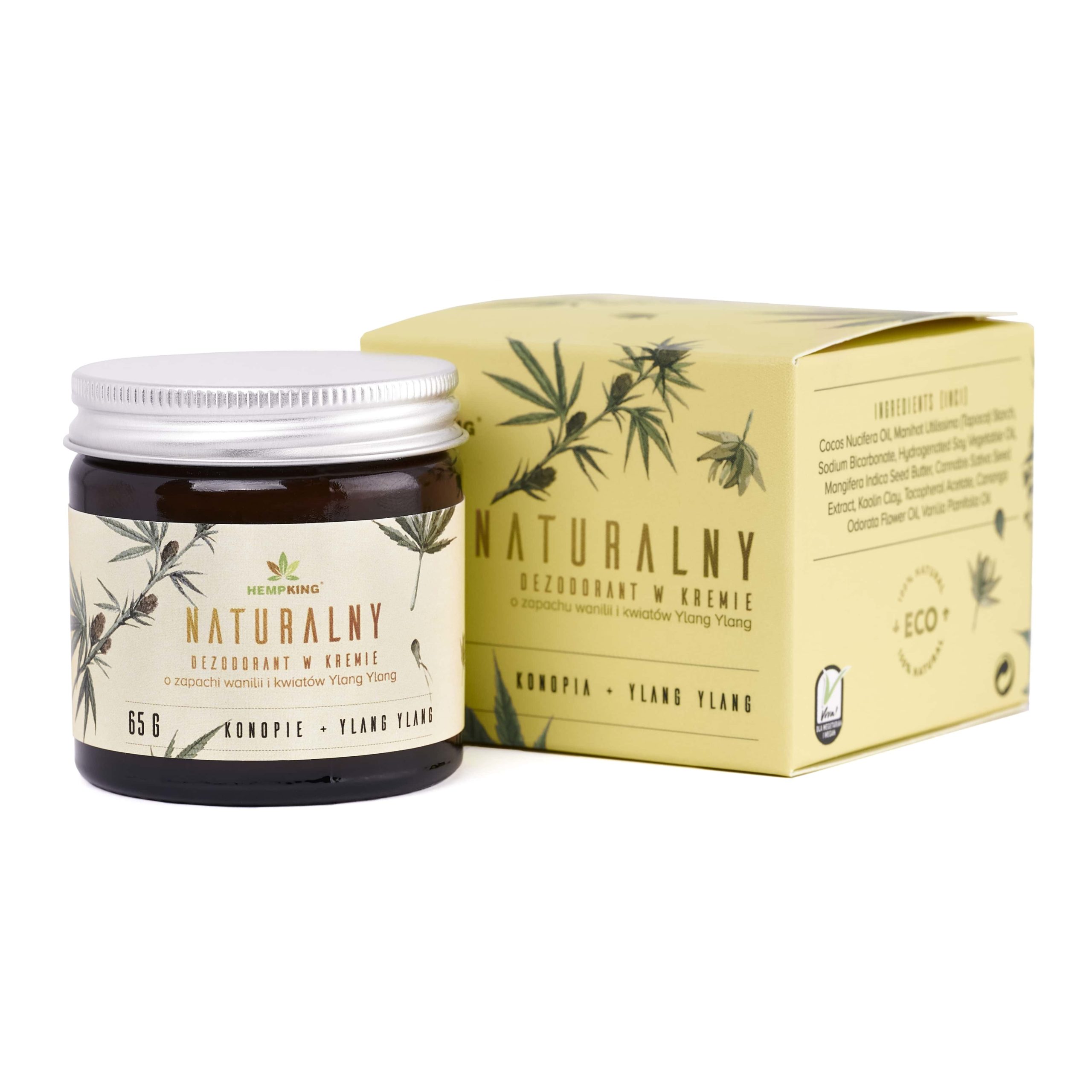
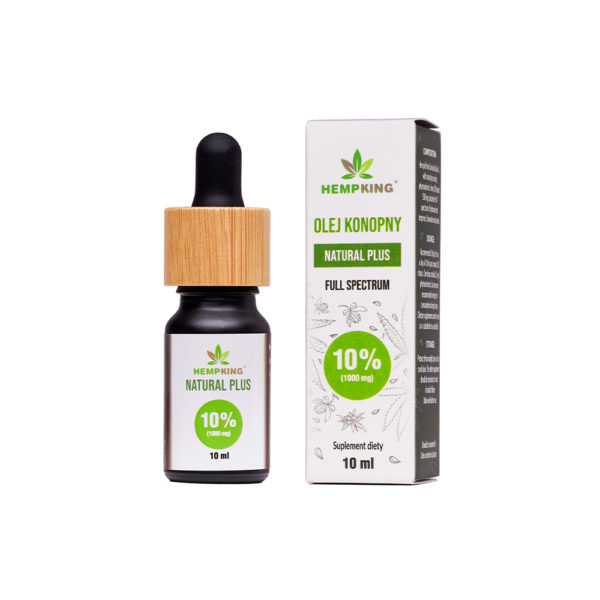
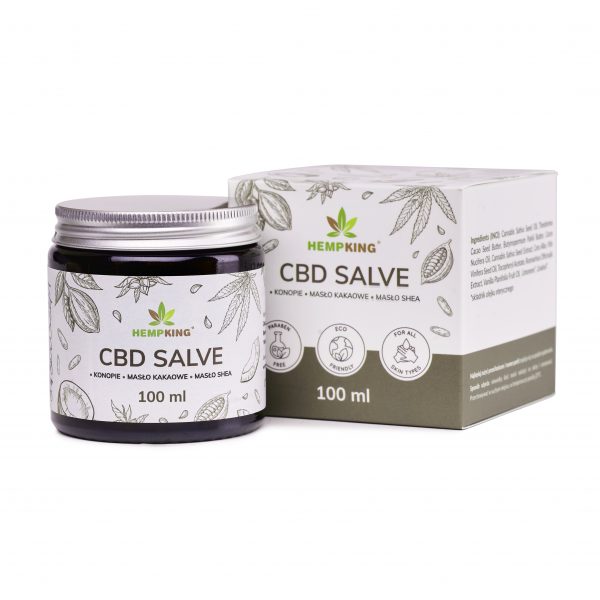
 Facebook
Facebook Instagram
Instagram

Leave a Reply